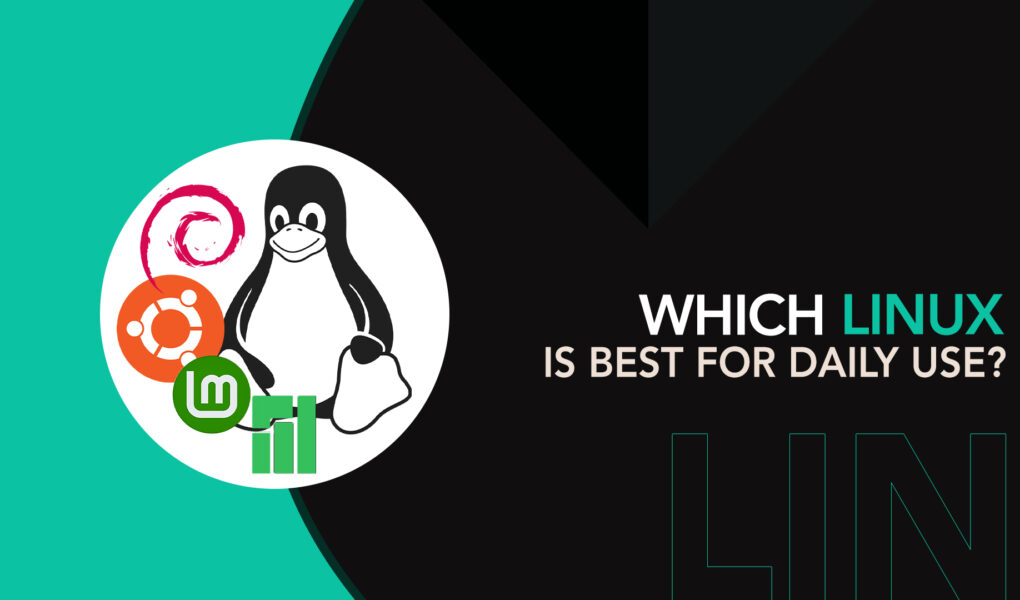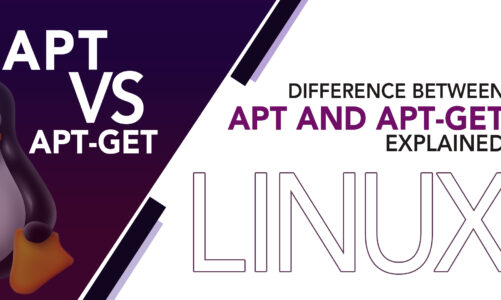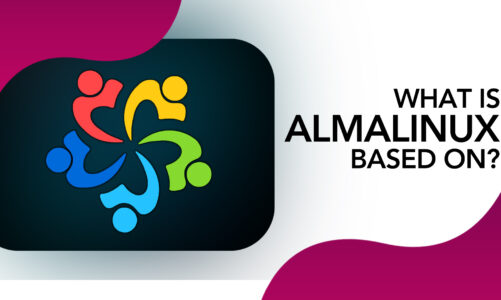Tired of using the same old operating system on your computer day in and day out, it might be time to switch to Linux. Linux is an adaptable operating system that provides various distributions to cater to diverse requirements. Nonetheless, given the multitude of choices, selecting the most suitable one for your day-to-day needs can prove to be a daunting task. Since you are reading this, consider yourself fortunate, as in the following section, we are just going to take a closer look at which Linux is best for daily use.
1: Linux Mint
Linux Mint is a popular Ubuntu-based operating system that is a great replacement for Windows or macOS. Its extensive online resources and tutorials make it easy for new users to handle. Linux Mint is an elegant, comfortable, and modern OS with almost 30,000 packages, making it a fully equipped platform.
A sizable community of developers creates this operating system, which is open-source and free of cost. Linux Mint is safe, secure, and reliable thanks to its conservative approach to software updates and robust architecture.
It offers a modern, simple, and easy-to-use download manager and supports HiDPI. Linux Mint is a low-maintenance system that offers complete control over the user’s desktop environment, themes, and icons. Its user-friendliness and customizability make it a great option for both new and experienced users looking for a reliable and feature-packed Linux distribution.
2: Debian
Debian is a highly stable and reliable Linux distribution that is perfect for both personal computers and servers. It is often considered as the top choice for those who value stability and security in their daily computing experience. Developed by a large community of volunteers, Debian offers excellent software support and a rolling release option that allows users to get the latest updates and features quickly.
One of the key advantages of this distro is its stability, which is ideal for users who prioritize reliability in their operating system. It offers smooth upgrades and excellent security support, making it a dependable choice for users who want to keep their systems secure.
3: Manjaro
Manjaro is an excellent Linux distribution for beginners as it provides an easy way to experience Arch Linux with its user-friendly application store and availability of various desktop environment ISO files. The default application manager comes with SNAP, AUR, and flatpak, making it easy to build or install application packages from a wide range of sources.
With high performance and a wide selection of desktop environments to choose from, including KDE, XFCE, Gnome, i3, and Cinnamon, Manjaro is a versatile and easy-to-use Linux distribution. However, users may face challenges when it comes to solving issues or configuring services due to the limited community support compared to other popular Linux distributions.
4: Ubuntu
Ubuntu is a highly regarded Linux distribution for everyday use. It is open-source and comes in three different editions: Desktop, server, and IoT. The default installation includes various software such as Thunderbird, LibreOffice, and Firefox, and it also has lightweight games like chess and Sudoku. GNOME Files is the default file manager.
Ubuntu has outstanding compatibility with different software and has a compact and user-friendly interface. It is an OS that runs smoothly on low-end devices and has features like window tiling and inbuilt tools like image viewers and editors.
The OS can be used on low-end devices and supports various software and games. The availability of different editions and flavours further extends its reach, catering to different user demands. Ubuntu is a complete package for daily computing needs and provides an open-source alternative to commercial operating systems.
5: Elementary OS
Elementary OS is a Linux-based operating system that is a great replacement for Windows or macOS. It is built on Ubuntu and comes with its own Pantheon desktop environment and suite of applications developed by Elementary, Inc.
The latest version, elementary 6.1, offers users complete control over their system with new features like dark-style multi-touch and an easy-to-use installer. Elementary OS also includes a wide range of applications that can be downloaded from its official AppCenter, improved notifications, multitasking view, picture-in-picture, and do not disturb options, as well as a flexible panel for easy control of settings.
6: Zorin OS
Zorin OS is a Linux distribution that closely resembles the appearance and features of Windows. It is designed to be a simple and user-friendly platform for Linux users, offering a light, fast, and effortless experience that does not slow down with updates. Security and privacy are top priorities for Zorin OS, with a focus on preventing any apps from collecting data or performing suspicious actions. As an open-source operating system, users have access to the source code, making security verification easier.
Zorin OS includes several useful features, such as touchpad gestures and software detection options. The operating system is secure, private, and resistant to malware, providing users with a flexible, easy-to-use, and reliable option for daily computing. The layout switcher and tailored documentation options make Zorin OS accessible to users of all experience levels.
Conclusion
There is no one-size-fits-all answer to the question of which Linux distribution is best for daily use. Different distributions have their own strengths and weaknesses, and it’s up to the user to determine which one aligns with their priorities. If you are a beginner, you may find Ubuntu or Linux Mint to be the most user-friendly options. However, if you are looking for a more customizable experience, Zorin or Manjaro may be better suited to your needs.
Whatever it is, it’s important that you give it a try from the above options, and you will definitely have a winner.



